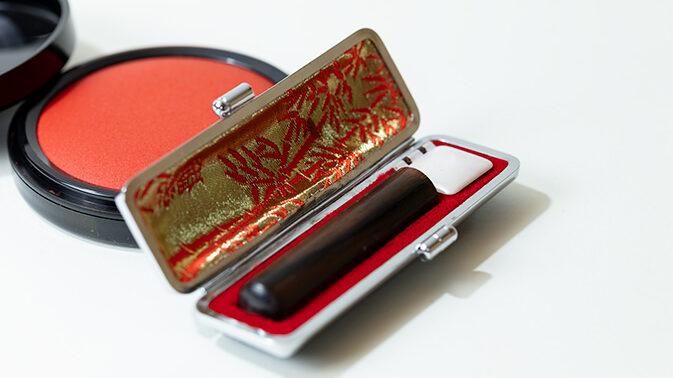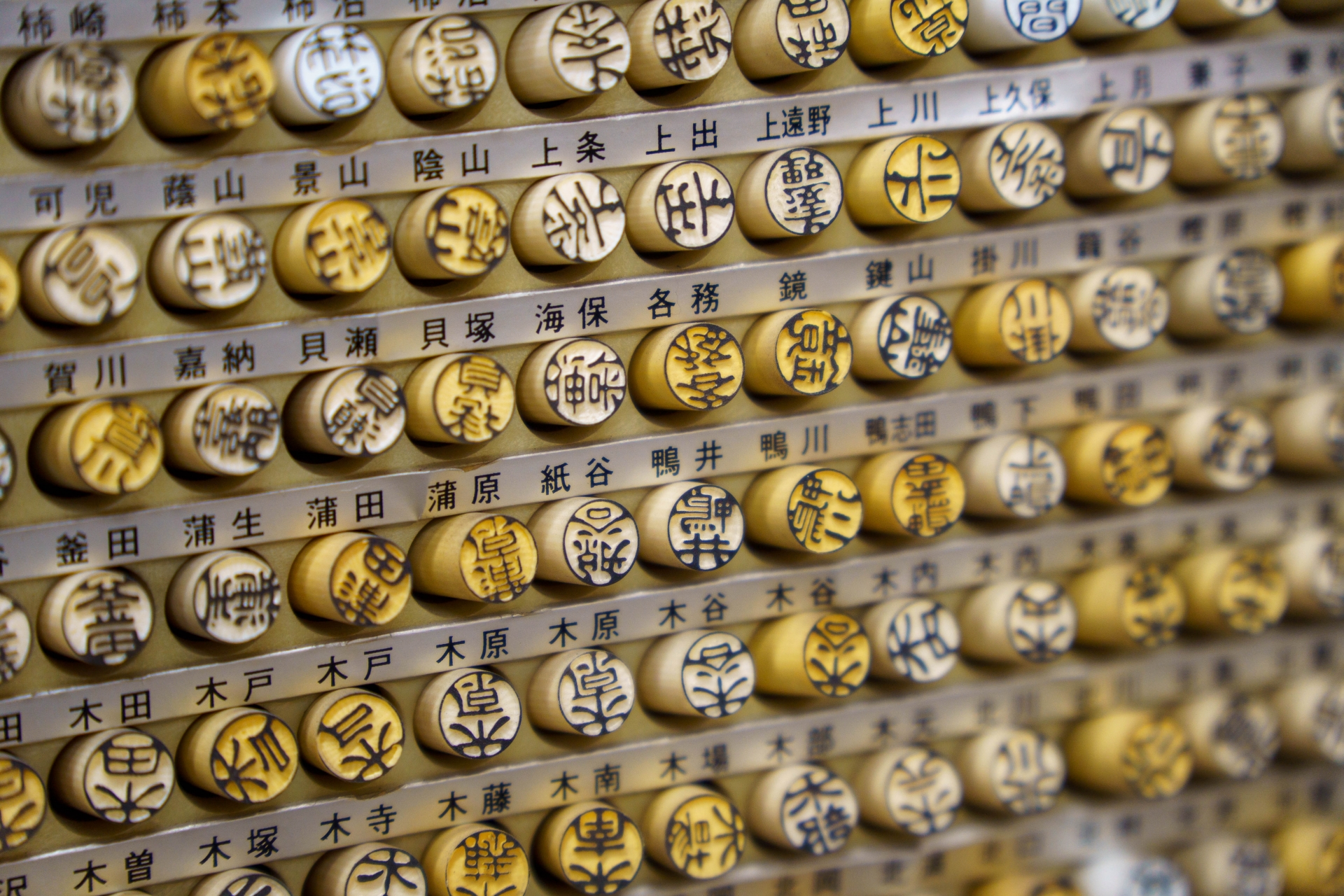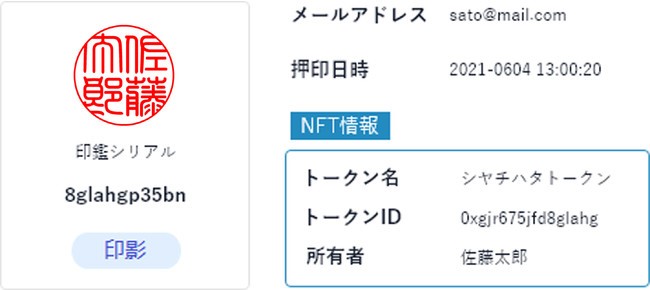“The Way the Japanese Personal Seal Custom” to Survive

(Source: Photock)
Using of the personal seals which is called “Hanko” is equal to write a signature in Japan and plays an important role in preparing the documents for purchase agreements and so on. If there are personal seals on the documents, the person expresses the one’s intention to approve the documents and such documents sometimes have a legally binding force. Therefore, using “Hanko” is also one of the administrative customs requiring official documents and become the cultural customs with Japanese.
(Figure: Japanese personal seal “Hanko”)

(Source: photo-AC)
However, using “Hanko” became a controversial topic during the pandemic COVID-19. It was said that after more than two years of pandemic life we’ve changed our lifestyle radically. Reform of working practices were also mentioned as a typical example of new custom. Work styles incorporating telework became the norm and some Japanese business practices such as personal seals came under pressure to review because digitalization had a significant meaning to reform the structure in socioeconomic activities. As a result, using “Hanko” is considered as a top obstacle to enhance the productivity and facilitate the digitalization such as paperless in the work places.
Japan’s state minister in charge of administrative reform; Taro Kono actively promoted a digitized administration and reviewed the process of using “Hanko” in 2020 because public sector had an intention to lead the digitalized society.
On the other hand, “The hanko lawmakers’ league” was organized and showed the necessity of saving “Hanko culture”. Such a movement seemed to show that there was a strong opinion which using “Hanko” was a significant custom in Japanese society. Some people feel that when you submit a notification of marriage, using “Hanko” is one of the symbols in contract involving marriage. Therefore, the Justice Ministry defends the policy that retain stamping spaces in some public documents.
(Figure: Decorative stamps)

(Source: nippon.com)
As a result, Japanese custom using “Hanko” would survive in the near future. This is a very interesting story because we may accept the inconvenience caused by our cultural custom. In fact, some people point out that “Hanko” which is sometimes specifically designed to enhance fashionability; for example, decorated by colorful designs, became one of the fashion accessories especially for foreign tourists.
(Figure: “Hanko” using NFT technology)

(Source: PR TIMES)
In addition, one of the “Hanko” makers developed “NFT Hanko” which used a blockchain technology for identifying the person and time. What is really meant by the technology is that using “Hanko” become a part of living, therefore, the custom would appear in some form or another and persist into the future. Therefore, we have to focus on a new stage of “Hanko” culture.
Masatsugu KURAMOCHI
Analyst, Global Intelligence Group (GIG)
(Reference)
https://www.asahi.com/ajw/articles/14311423
https://www.asahi.com/ajw/articles/13781455
https://www.nippon.com/en/features/jg00077/
https://cointelegraph.com/magazine/2020/05/12/hanko-blockchain-japan-remote-working



